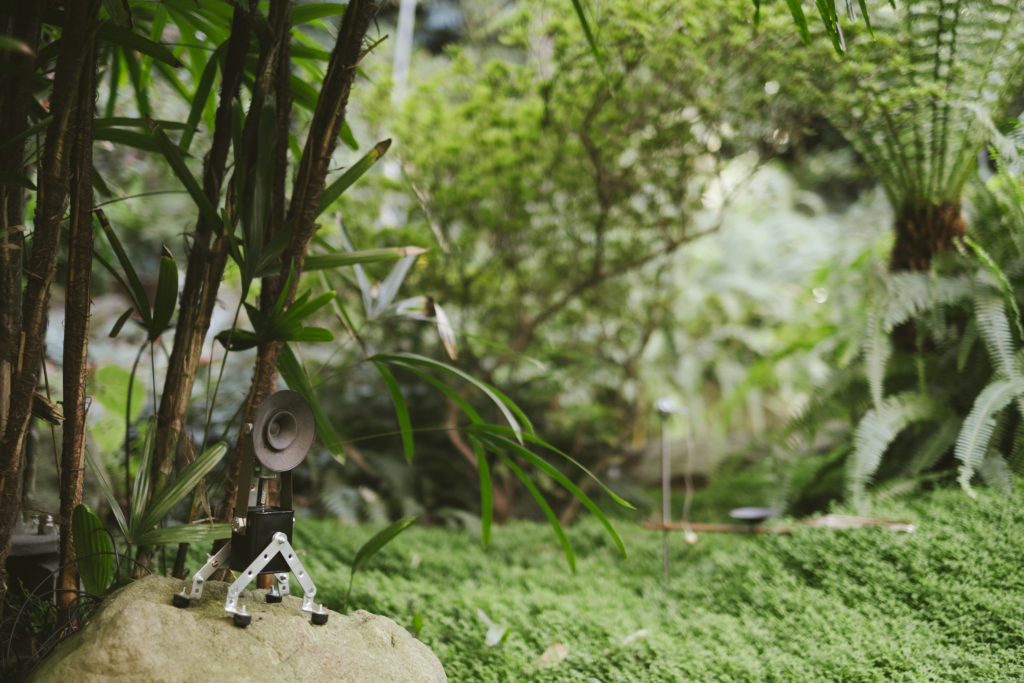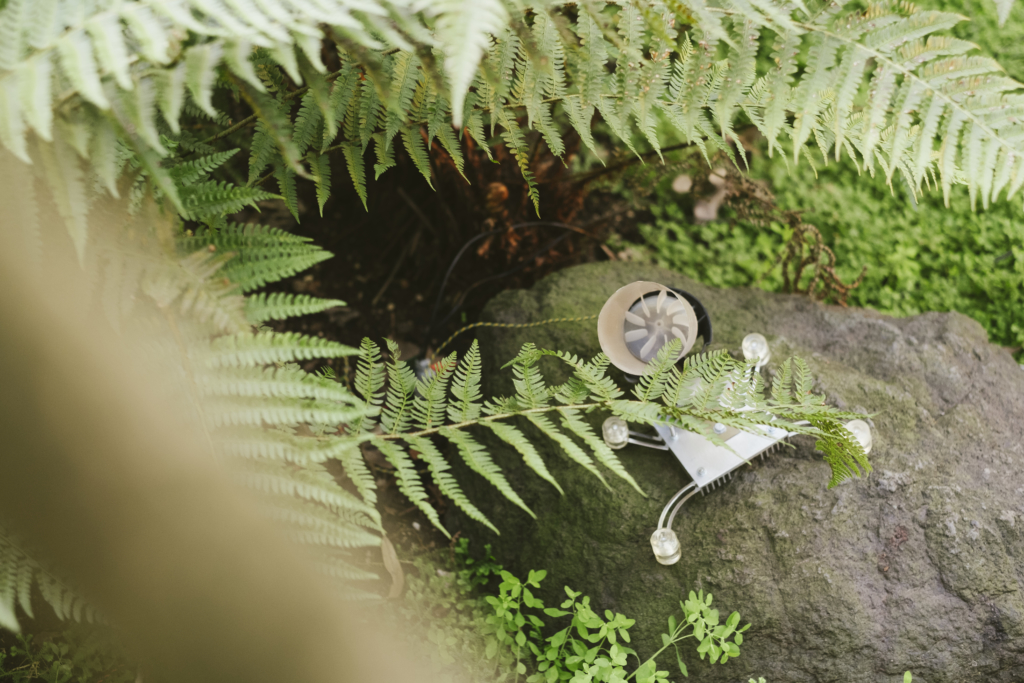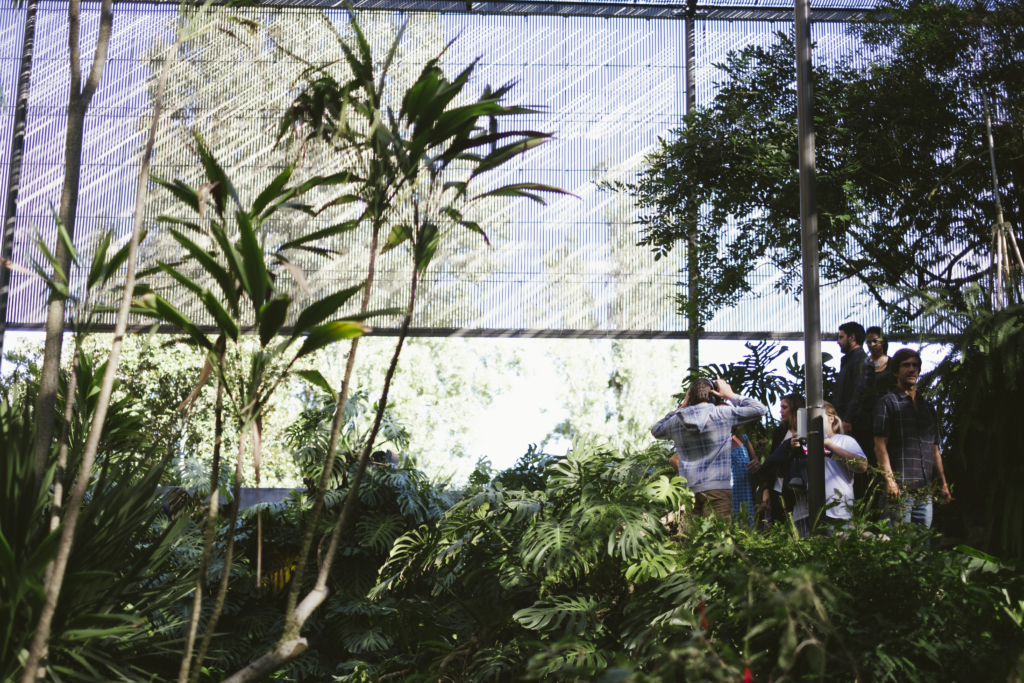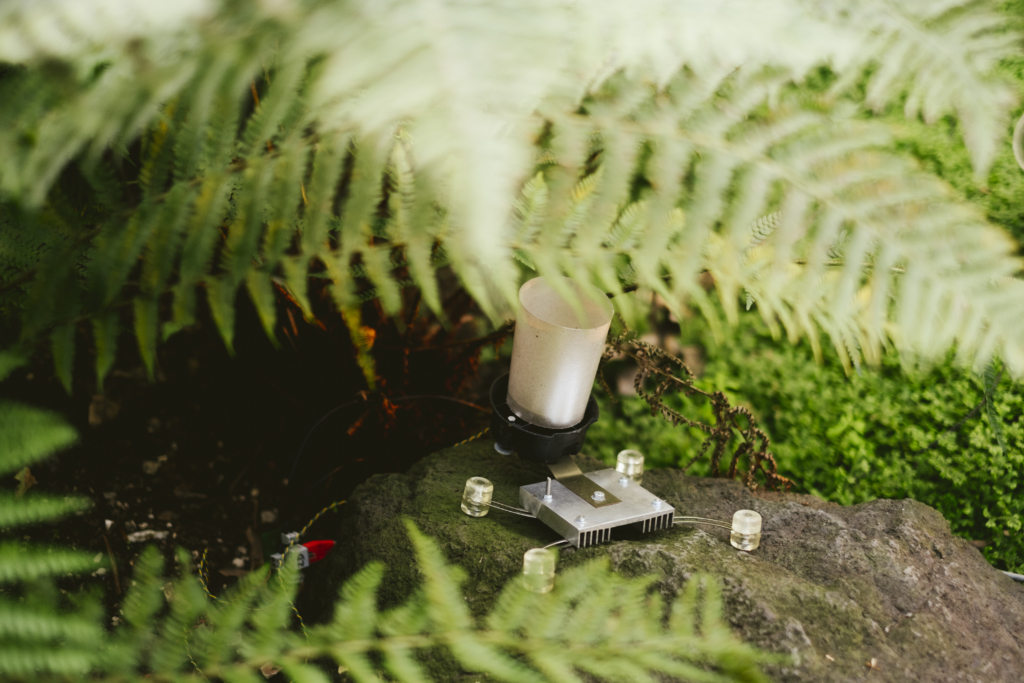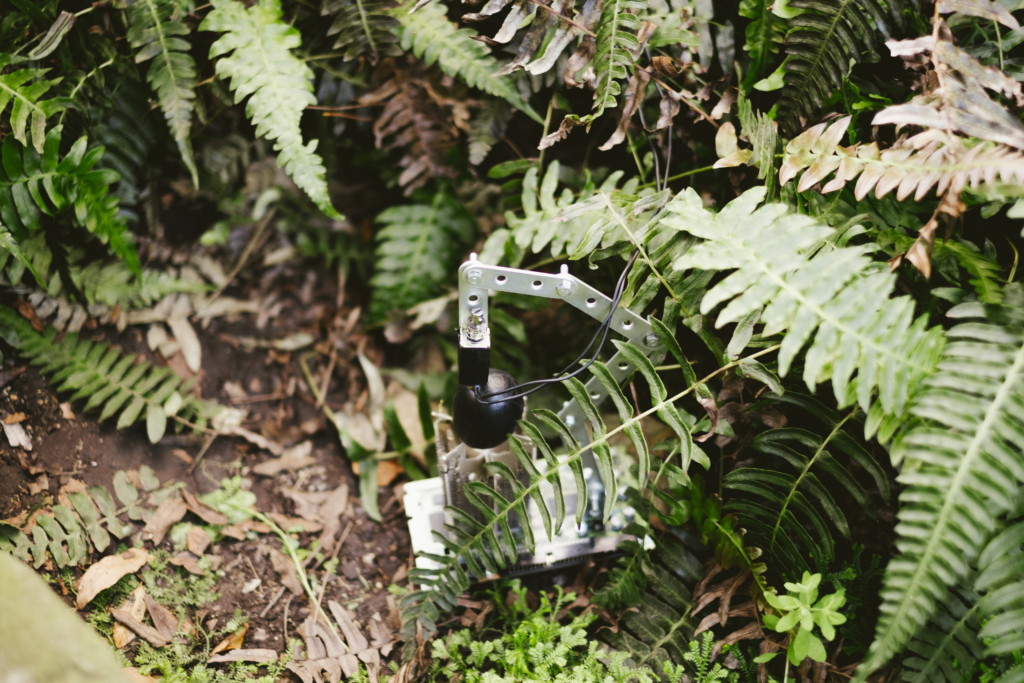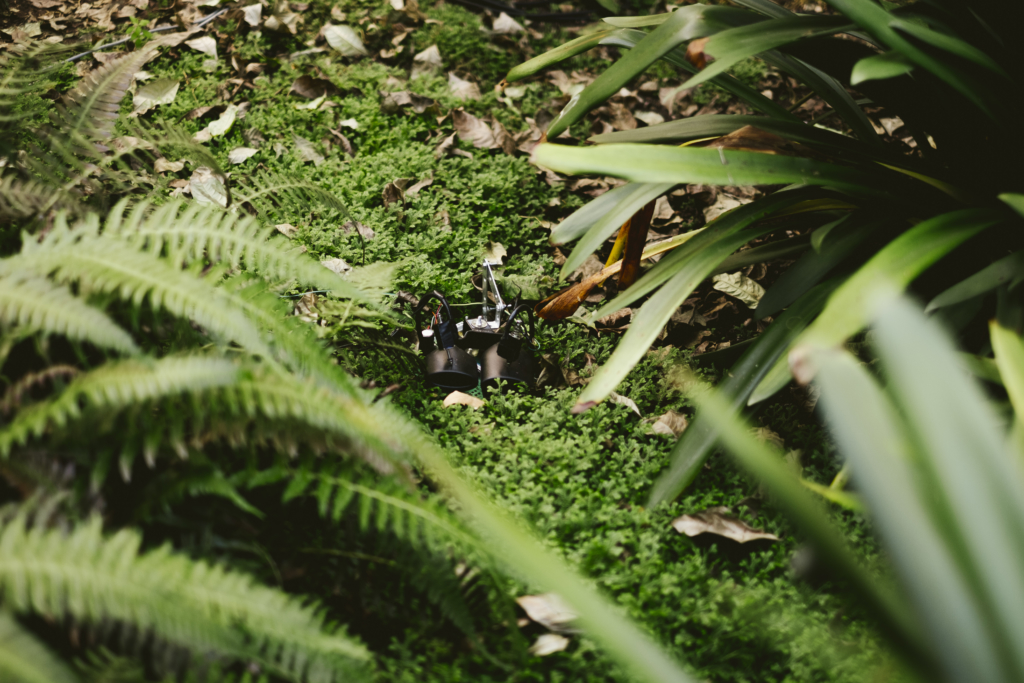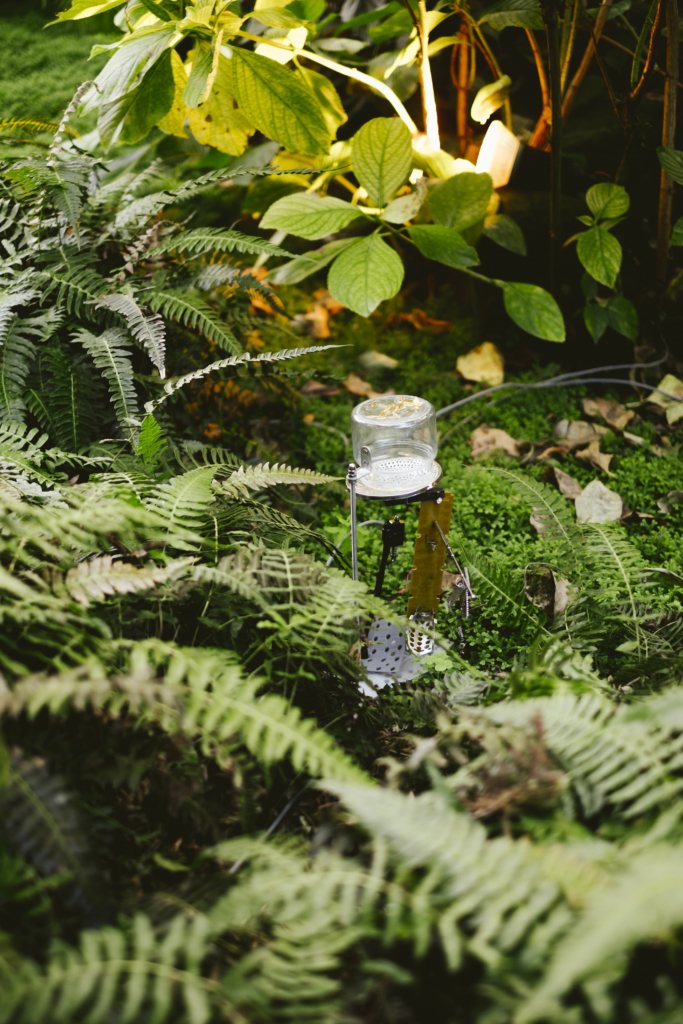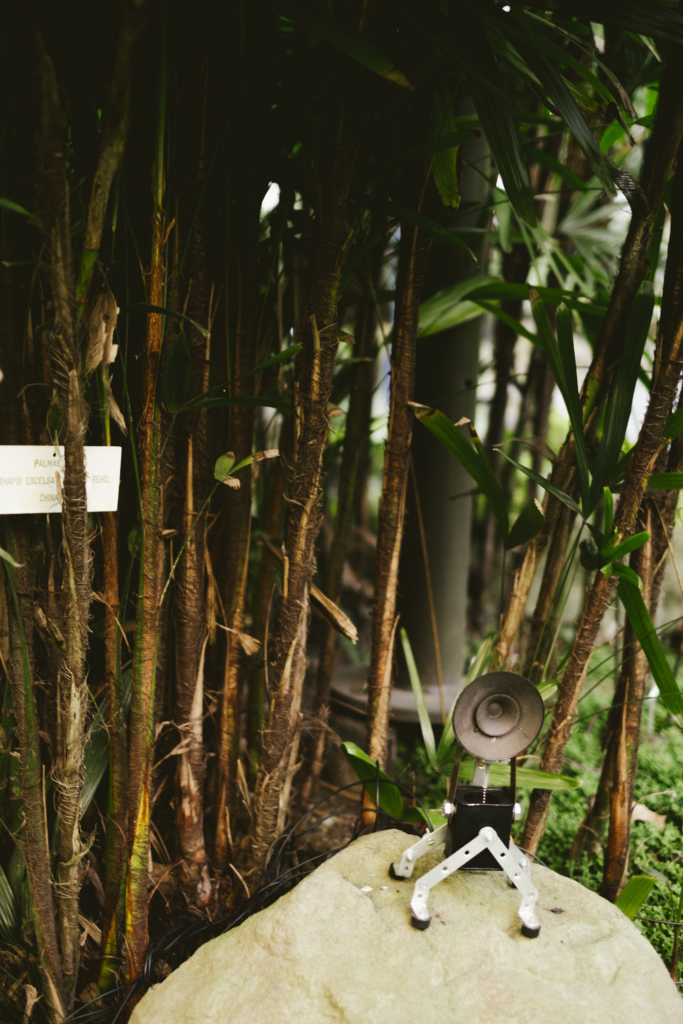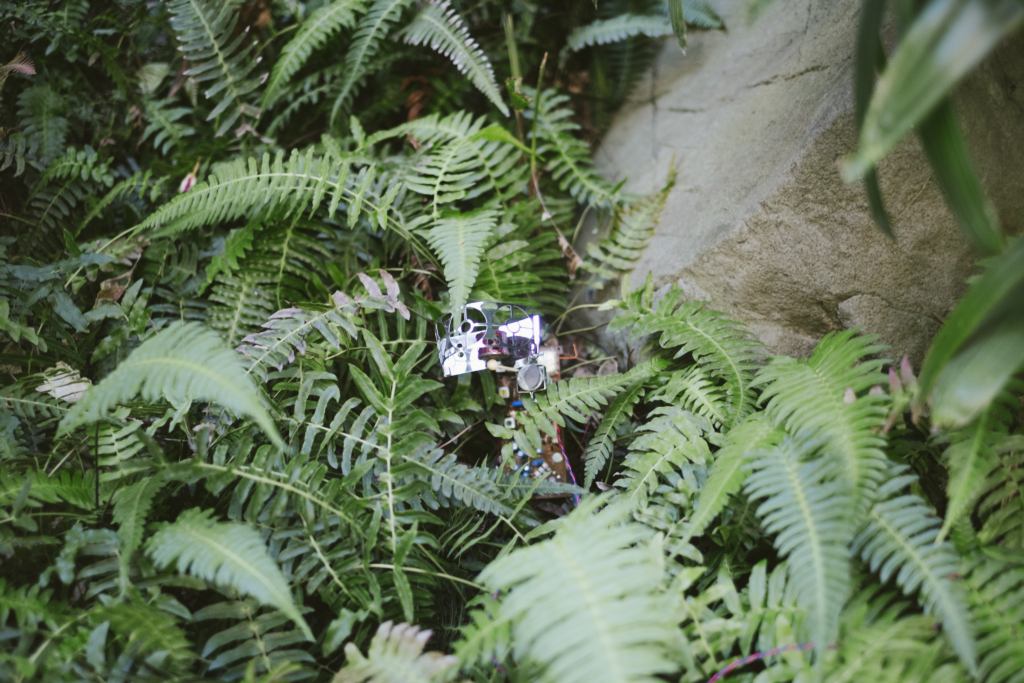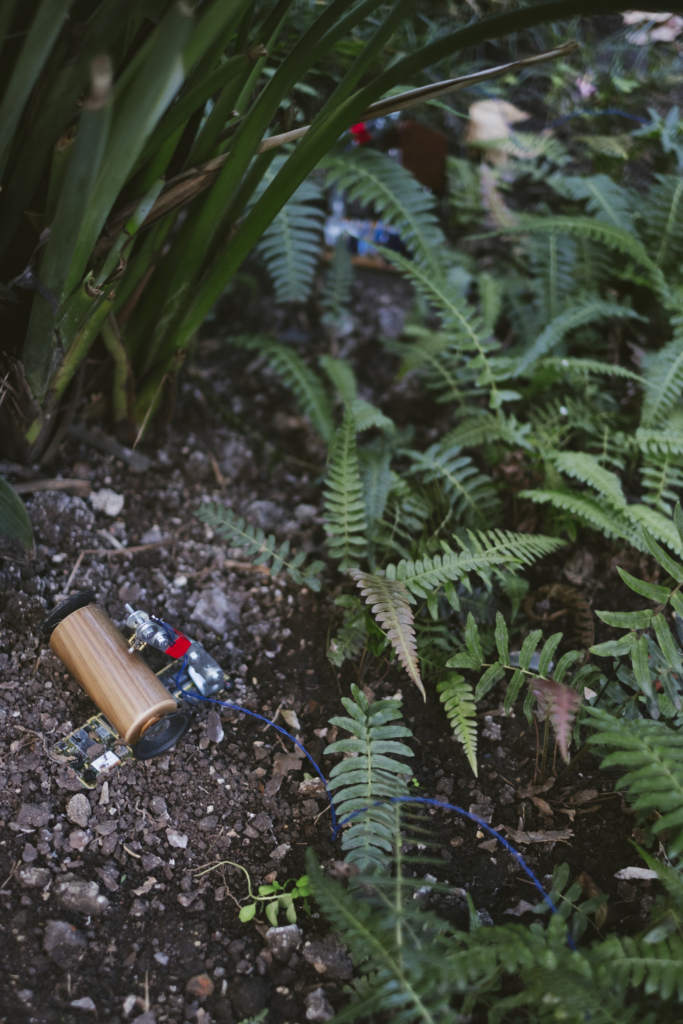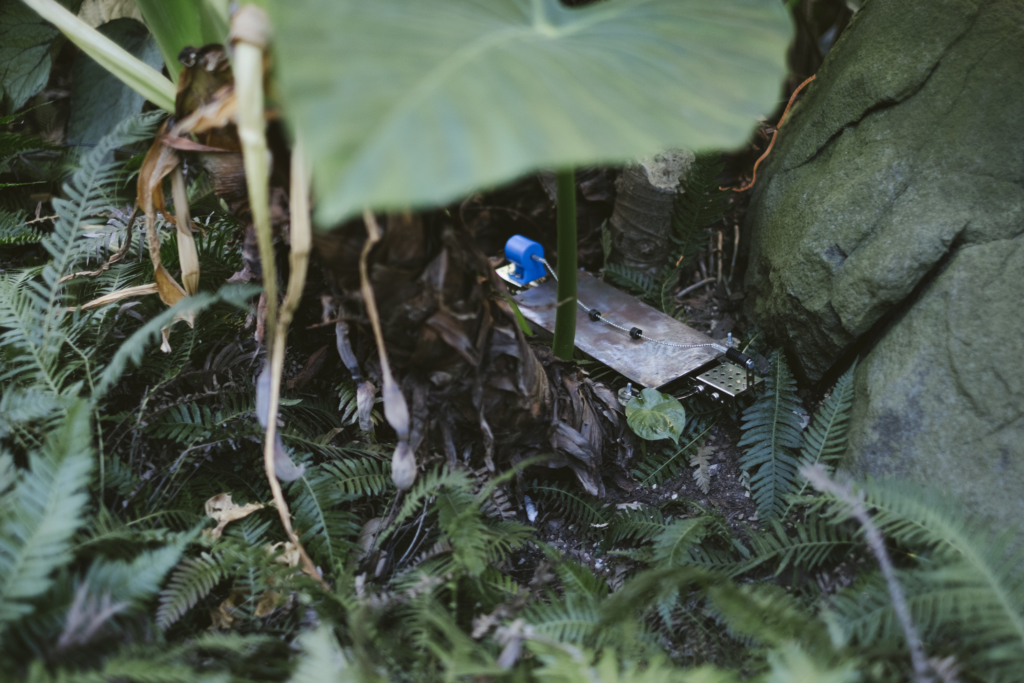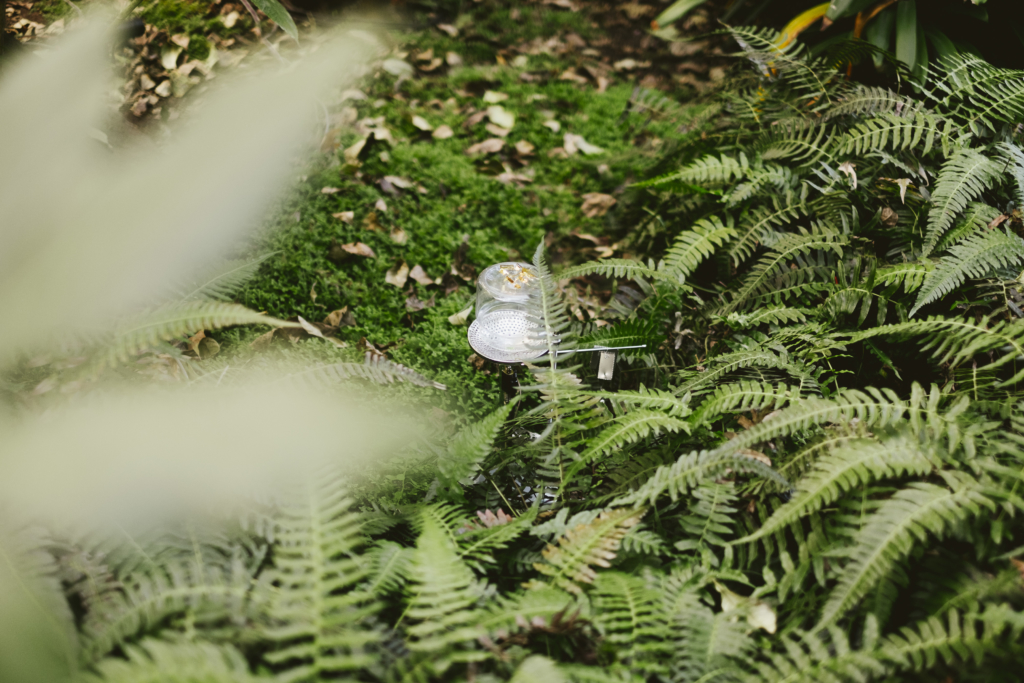The city’s need for spaces of liberation in face of the daily pressure of work, of human constructions and of unwanted noise, brings forth artificial spaces where an ideal nature is attempted to replicate, which in itself immediately becomes a contradiction. In these spaces, we often choose a carpeted version of reality, where imperfections are eliminated, animals caged, species cataloged and heaped according to the aesthetic criteria that prevail at that time. Still, it is in these spaces that we have the privilege of stimulating our senses with odors, shapes, colors and sounds that we rarely receive, as city beings, in our limited space dominated by walls and traffic sounds.
In FAUNA, an artificial ecosystem is created to recreate an imaginary animal life. Small musical automatons inhabit small boxes distributed throughout the physical space of the Greenhouse, emitting sounds, interacting with each other and musically complementing the sound space where they are inserted.
The automata are controlled by a set of microprocessors, programmed to induce instructions to various types of mechanical actuators that will be translated into musical actions. At the base of this ecosystem, there are algorithms that recreate natural processes, such as statistical data of population growth, fractals or genetic algorithms.
Photos Vera Marmelo. Sound recording Mestre André.
